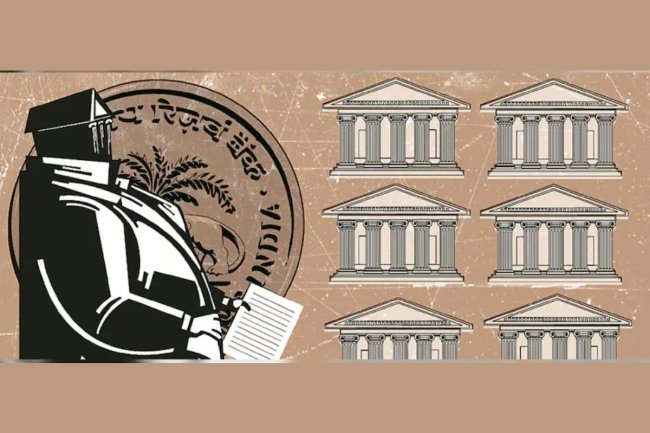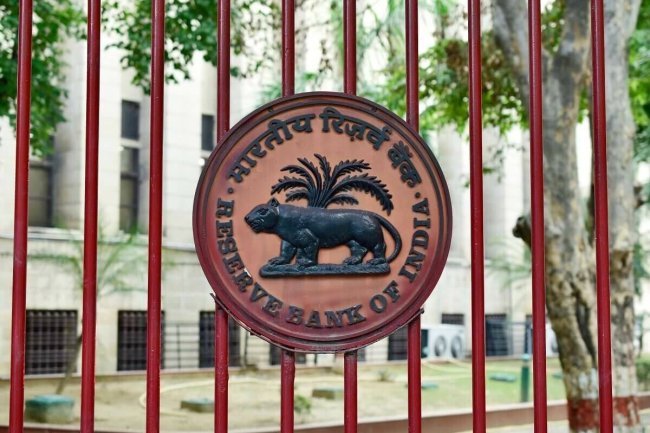Bank Lending Rates See Slight Decline While Deposit Rates Continue to Rise
Bank lending rates in India dipped slightly in September 2024, while deposit rates continued to rise, according to the latest RBI data. Public sector banks saw a higher rate transmission in both loans and deposits compared to private banks amidst ongoing policy adjustments.

Bank Lending Rates See Slight Decline While Deposit Rates Continue to Rise
New data from the Reserve Bank of India (RBI) shows that bank lending rates have declined slightly, while deposit rates continue their upward trend. The weighted average lending rate (WALR) on fresh rupee loans from commercial banks fell to 9.37% in September 2024, a small decrease from 9.41% in August. Meanwhile, the WALR on outstanding rupee loans was marginally down to 9.90% from 9.91% the previous month.
In contrast, deposit rates experienced a consistent rise. The weighted average domestic term deposit rate (WADTDR) on new rupee term deposits by scheduled commercial banks (SCBs) increased to 6.54% in September 2024, up from 6.46% in August. Similarly, WADTDR on outstanding rupee term deposits rose to 6.95% in September from 6.93% in August.
This trend comes in response to a cumulative 250 basis points hike in the RBI’s policy repo rate since May 2022. Banks have raised their external benchmark-based lending rates (EBLRs) by similar margins. According to the RBI’s monthly bulletin, the median one-year marginal cost of funds-based lending rate (MCLR) of SCBs has risen by 170 basis points during the period of May 2022 to September 2024.
Public vs. Private Sector Banks: Rate Transmission Comparison
An analysis of rate transmission reveals that the increase in WALR on fresh rupee loans has been more pronounced for public sector banks (PSBs) than for private banks. However, when it comes to deposit rates, PSBs saw a larger increase than private banks during the same period. This reflects differing strategies among bank groups in adjusting to changing interest rate policies.
As the RBI continues its measures to manage inflation and economic stability, these fluctuations in lending and deposit rates offer insight into how monetary policy impacts both borrowers and depositors across India’s banking landscape.
Click Here to Visit
What's Your Reaction?
















